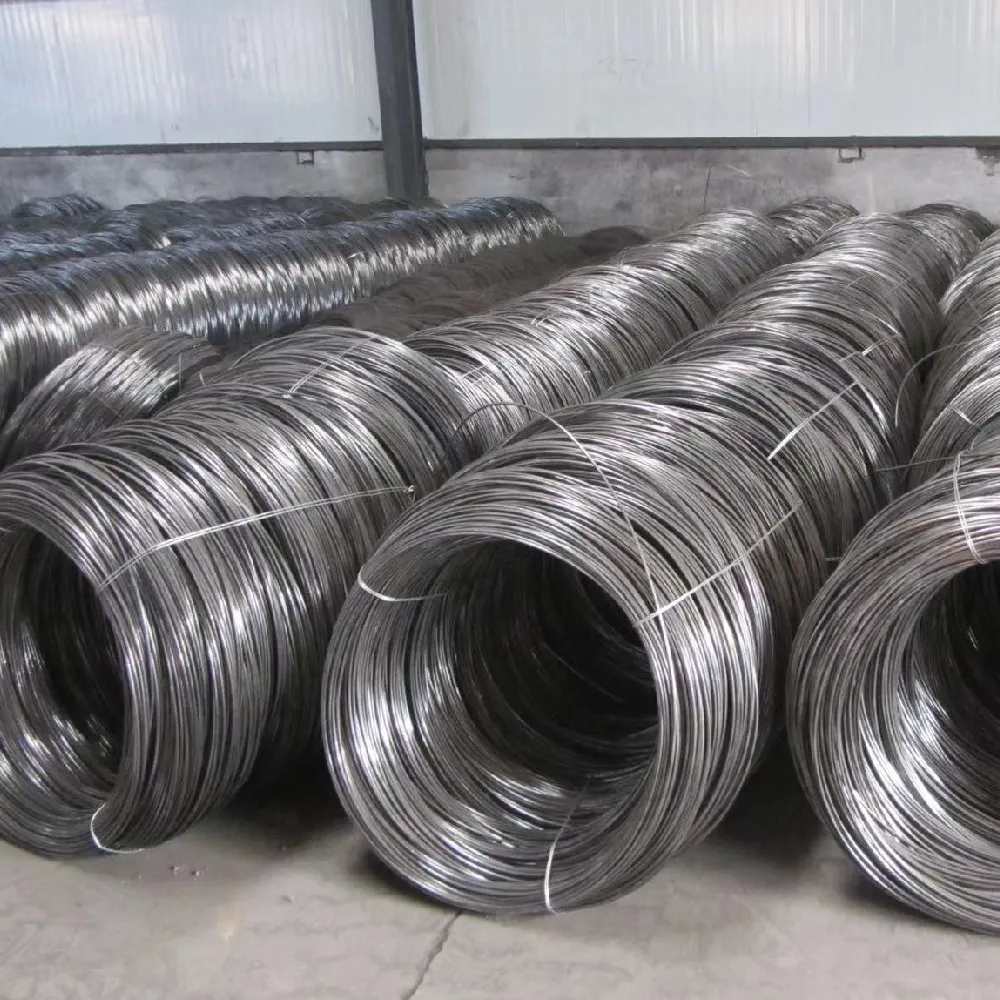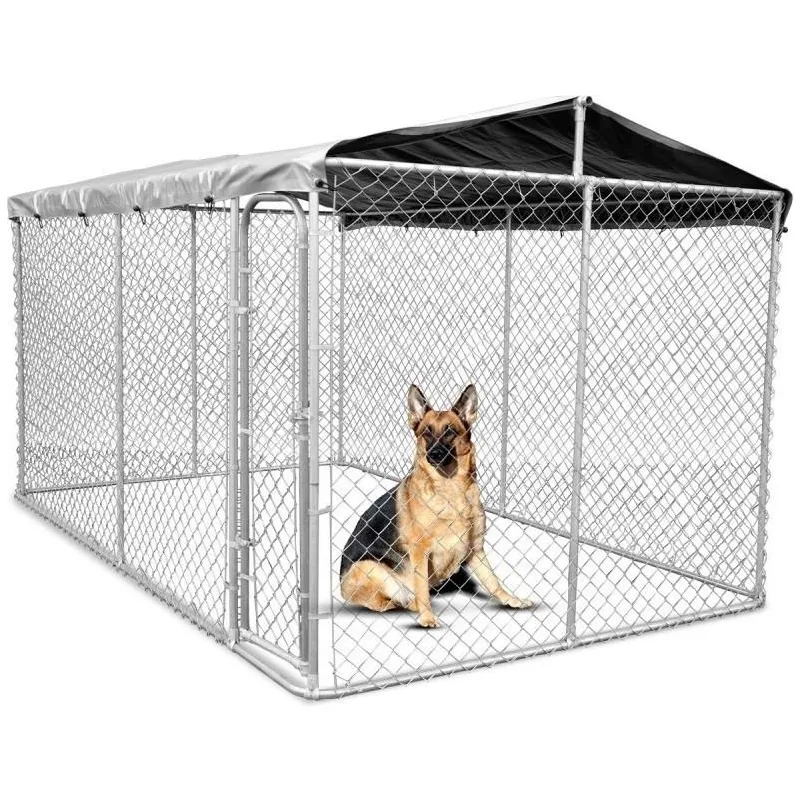Steel grating remains a product in high demand across numerous industries due to its robustness, versatility, and durability. Its diverse applications range from industrial flooring to architectural cladding, offering essential solutions where strength and air/light passage is required. Understanding the specific types of steel grating is vital for selecting the right kind for your project.

Welded steel grating is one of the most prevalent types, ideal for applications requiring high strength. It consists of a series of load-bearing bars that are welded at each intersection with cross bars. This type of grating offers an optimal weight-to-strength ratio and is often used in walkways, platforms, and stair treads in industrial settings. Its durability against dynamic and impact loads makes it a reliable choice, particularly in environments prone to heavy foot traffic or mechanical wear.
Pressed steel grating, also known as pressure-locked, is defined by the method of assembly where the cross bars are pressed into pre-formed notches in the load-bearing bars under intense pressure. This creates a sleek appearance and is often chosen for applications where aesthetic considerations are paramount. It provides a flatter surface, making it suitable for walkways and decking in commercial and public buildings, combining functionality with a contemporary look.

Swaged aluminum grating offers a lightweight alternative while still providing fabrication flexibility and resilience. Known for its corrosion-resistant properties, it is particularly valuable in environments exposed to moisture or corrosive substances, such as marine or chemical facilities. This type is also appreciated for its portability, allowing for easy installation and maintenance without compromising structural integrity.
The fiberglass reinforced plastic (FRP) grating variant is a noteworthy addition to the grating family. Fiberglass grating is an excellent choice for industries where non-conductive and non-corrosive materials are essential.
This material offers a blend of high strength with low weight and chemical resistance. Used in water treatment plants, food processing areas, and oil rigs, FRP grating ensures safety in electrically sensitive environments due to its inherent non-conductive properties.
types of steel grating
Safety grating is a specialized kind of grating designed to prevent slips and falls. It uses a surface filled with small holes and raised buttons, providing superior traction even in wet or oily conditions. This makes it ideal for areas like transportation depots or industrial units where safety is a priority. Unlike traditional gratings, safety grating also minimizes the risk of items falling through the grid, ensuring both personnel and workplace safety.
Each type of steel grating can be further customized in terms of size, shape, and finish, depending on the specific requirements of your project. Options for customization may include serrated bearings for additional grip, galvanized finishes for enhanced corrosion resistance, or specific alloy compositions for particular environmental exposures.
Selecting the appropriate steel grating involves considering several factors including load requirements, environmental conditions, and aesthetic preferences. By consulting with industry experts and leveraging the detailed specifications of these grating types, decision-makers can make informed choices that ensure safety, performance, and longevity in their applications.
Through meticulous selection and expert application, steel grating not only fulfills functional roles but also enhances the structural and aesthetic value of any project. Trust in well-sourced materials from reputable suppliers to ensure the adherence to industry standards and sustain the reliability of your installations for years to come.
























